Last updated: April 7, 2025
Article
Podcast 057: Plinth Magazine: Lessons Learned from the Small Museum
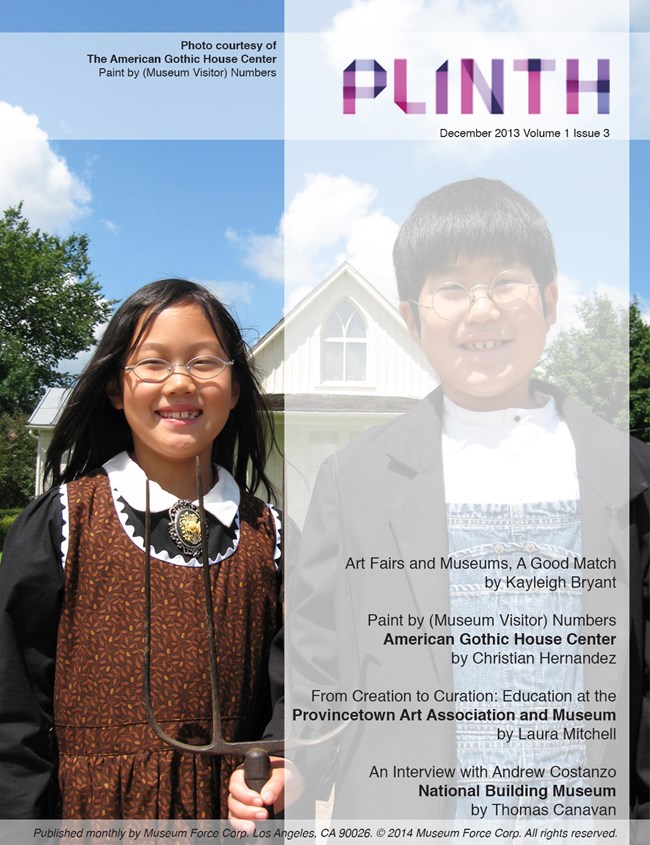
Plinth Magazine
Plinth Magazine
Jason Church: Christian, a lot of us know you as a textiles conservator and your work with museum collections management, things like that, but today we’re here to talk to you about your work that you’ve been doing with Plinth Magazine. Tell us what is Plinth Magazine?
Christian Hernandez: Thank you Jason. It’s great speaking to you. So Plinth Magazine is a magazine geared toward promoting interesting and innovative people and programs and exhibitions in museums mainly in the U.S. but really across the world and we have the main goal of promoting things that are great and we want them to be more noted.
Jason Church: Now what format does this magazine come out in?
Christian Hernandez: So right now this magazine is an online magazine that is coming out quarterly starting in September but we originally started as a blog with blog posts maybe once every week or two, or one blog post every week or five days and then we turned into a monthly magazine in January and we’re turning into a quarterly magazine starting in September.
Jason Church: So as a reader what kind of articles could I expect to read in Plinth?
Christian Hernandez: You can really expect anything from one on one interviews with directors of museums to interviewing people behind the scenes or front of house or exhibition curators, it’s really everything that can happen in a museum is up for grabs and we will profile it.
Christian Hernandez: Some of the things that I particularly love profiling is, kind of the more humanitarian aspects of museums, so how they help the visitor and how the visitor leaves with a more well-rounded perspective of the world around them.
Jason Church: Is it focused mostly on art museums or is it fairly open to just the museum world?
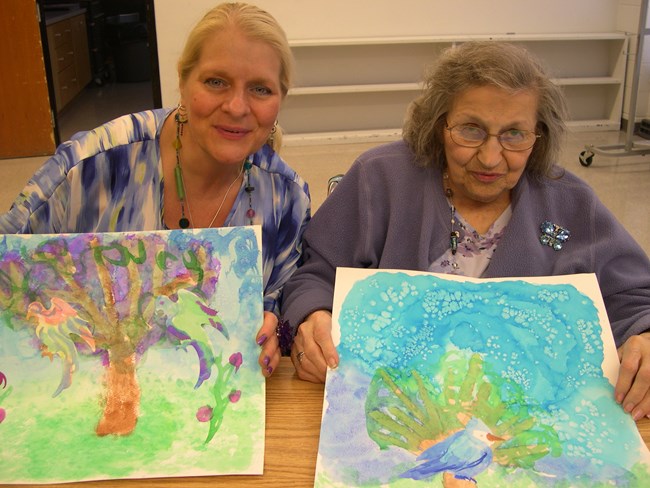
Plinth Magazine
Christian Hernandez: It’s fairly open to the entire museum world. So the American Alliance of Museums defines a museum in general as a collection of anything and that includes zoos, aquariums, science centers, art galleries to the more traditional museums where objects are on exhibit.
Christian Hernandez: Plinth really covers everything. So we’ve profiled science centers, museums, I recently did an article on a conservation lab and I have dreams of one day profiling a museum that has some work with an orchestra or symphony and then have a tie in with just culture in general. So Plinth is really interested in profiling anything.
Jason Church: Now how did you get involved with Plinth?
Christian Hernandez: I got involved because there was a call for writers on LinkedIn and at this point I had just left my job at an architectural firm, and I was looking for something to do in museums and culture and I had also just finished my thesis, so I used to write a lot and once my thesis was finished, I wasn’t writing anymore so this was just the perfect time to use the skills that I gained as a writer and focused more on museums because I had gone to a Museum Studies Program with the conservation track.
Christian Hernandez: I was always very aware that publicity is a very important part of museums but it was never really a part of my schooling, so this was a really good way for me to learn about it. I submitted a resume and a writing sample for some blogs that I had written for some local conservation groups in New York City and then I was accepted as a writer and my first post was in October.
Jason Church : Tell us about some of your favorite articles that you’ve written and deeply worked with.
Christian Hernandez: Okay so one of my favorite, favorite, favorite articles was actually my very first article, which is on SPARK, which is a program with the Racine Art Museum and ten other museums and cultural institutions in Wisconsin and Minnesota. I had the opportunity to interview Tricia Blasko, who is the Curator of Education at the Racine Art Museum.
Christian Hernandez: She spoke to me about the program which is geared toward providing a safe space in a museum for people with memory loss so they have Alzheimer’s or dementia or Parkinson’s Disease in general and also their caregivers because a lot of times people with memory loss have a caregiver who is oftentimes their partner.
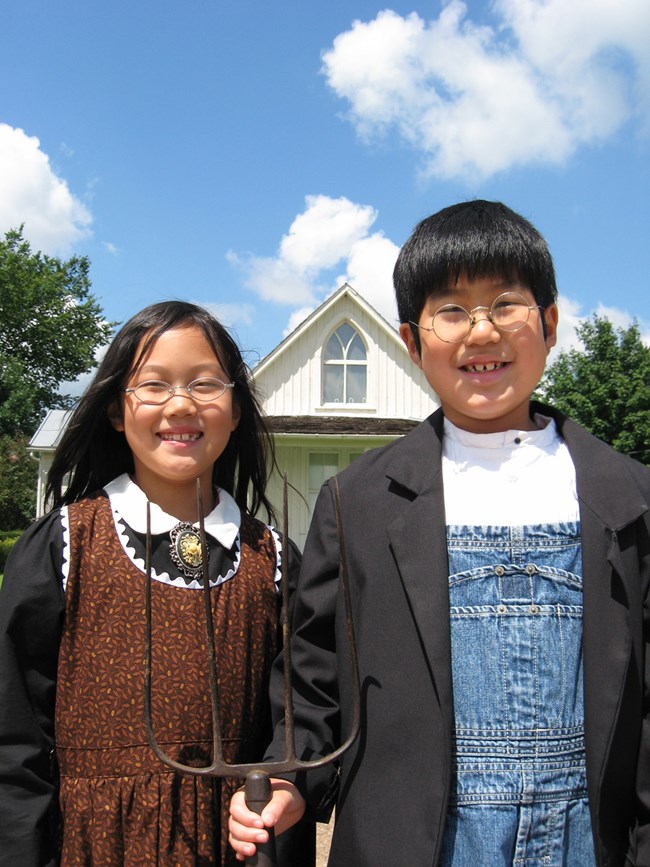
Plinth Magazine
Christian Hernandez: So they have a lot of programming devoted to care couples and they provide through this variety of programming a safe space for people to have fun with art and that can be anything from painting a picture inspired by a piece in an exhibit or they get an artist to come in and help with some arts and crafts activities.
Christian Hernandez: Sometimes there’s music involved, sometimes there’s lectures involved and it sounds like a really great way to just stimulate the mind. SPARK is sponsored in part by the Helen Bader Foundation but it continues to grow and it hopes to be able to grow with more institutions and more states as they continue to get more funding.
Art Out of the Box
Christian Hernandez: And one of my other favorite articles was for Art Out of the Box which is a program done in conjunction with the Minneapolis Institute of Art and the Children’s Hospitals of Minnesota. I had the opportunity to interview Krista Pierson who is their Community Arts Associate and Art Out of the Box is essentially a pizza box filled with craft supplies and some information about art.
Christian Hernandez: Then there’s a box that is given to the children and they have the opportunity to go through the craft program with a nurse who is trained in how to deliver this program and just have fun, which I think when you’re in the hospital and a child who is a patient, there is a need for a happy distraction.
Christian Hernandez: I remember Krista was talking to me about how there was this young child who was getting this painful but regular medical procedure. She used to not like it because it was just something that, although needed, was very hard on her body.
Christian Hernandez: So one day she was given a pizza box and her nurse helped her through the actual program. At the end of the program she actually wanted to go to the museum and it’s that sort of inspiration that I’m drawn to as a writer and I really feel is a very integral part of a museum’s place in the community.
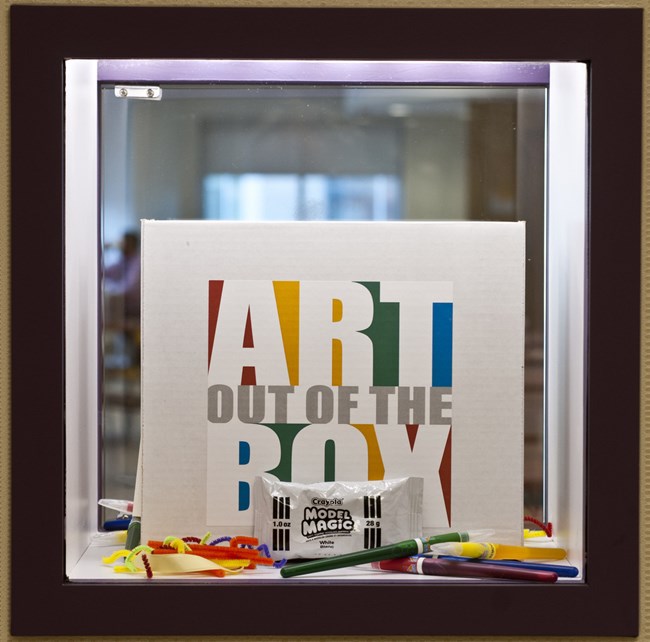
Plinth Magazine
Black History Mobile Museum
Christian Hernandez: And then one final article that I really love is for the Black History 101 Mobile Museum and I had the opportunity to interview Khalid el-Hakim who is this great guy who saw a need to teach African and black history to his local community but because a lot of children didn’t really have the opportunity to go to a museum, he just started a collection and put it in a truck and actually sets up exhibitions at schools around the various states.
Christian Hernandez: He also just sets it up in parking lots and streets and people can go to the truck and get a little bit of history and he’s actually had the opportunity to visit over 23 states and is publishing a book called The Center of the Movement, Collecting Hip Hop Memorabilia and he’s in the process of setting up an exhibit called The Peacemakers, which focuses on 15 men and women of African descent who have won the Nobel Peace Prize.
Christian Hernandez: He has dreams of setting up other exhibits on music, black inventors, and then black Greek fraternities and sororities, and I think it’s his grassroots desire to teach history that I’m also really attracted to and I was really honored to have the opportunity to profile him for our Plinth.
Jason Church: That was one of my favorite of the articles I’ve read as well.
Christian Hernandez: Thank you. Thank you.
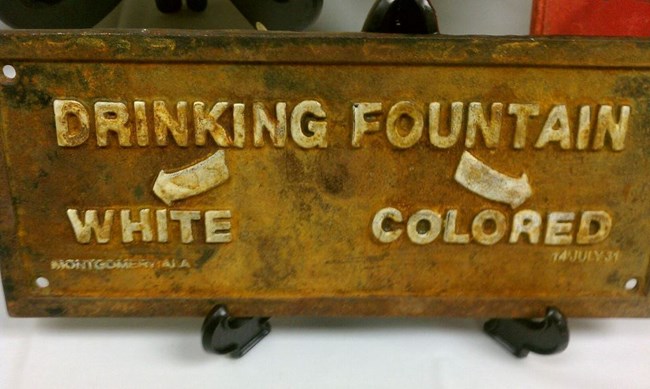
Plinth Magazine
Evolution of Plinth Magazine
Jason Church : We’ve moved forward and I know Plinth is re-doing the format. As we move forward, what are we the readers expect to see out of Plinth?
Christian Hernandez: One of the things that Plinth is hoping to do is to get more fund raising. We are hoping to actually be able to have a print format so there could very well be a time where you pick up Plinth Magazine and you would get it in the mail and you could read our articles. One of the things that we’re hoping to do, we are doing it September and we will continue to do it is to have more themed issues.
Christian Hernandez: So our theme for this coming September is education. We are just using that broad topic of teaching and being taught and seeing how museums and the people who work in museums teach and have been taught by others.
Christian Hernandez: S I think themes and a print format are some of things that we will hopefully be doing in the future and we’re hopefully going to be having more of an online presence on our Facebook page and Twitter but Facebook and Twitter and all forms of social media take a lot of time. As a volunteer staff, it’s something that we are really getting better at but we still need more manpower to do it.
Jason Church : Sounds great. Well we look forward to continuing to follow Plinth in the future and for our listeners, if you haven’t please go to the website and read the back issues and the current issues of Plinth as they come out. I personally have found it a very interesting magazine to look at, especially some of the smaller museums that you’ve interviewed, sort of as you said, how they handle crowds and how they promote themselves and things like that; I found it very interesting and very informative.
Christian Hernandez: Thank you so much Jason.
Jason Church : Thank you. Hope to talk to you again in the future.
Christian Hernandez: Awesome, thank you so much.
Read other Preservation Technology Podcast articles or learn more about the National Center for Preservation Technology and Training.
